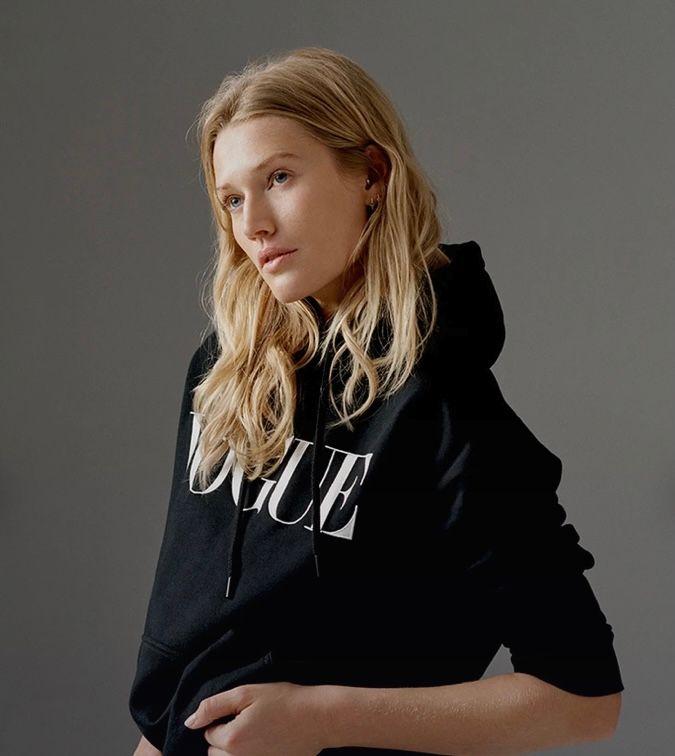
Brand strategy: from media to retail
Aware of the challenges and opportunities, the press and media world in general is now opting for a strategy based on a unifying branding and a new way to monetize its content.
Between e-commerce, brand identity and engaged community, zoom in on a vision of the future, where magazines become stores.
Federating for better development
If it is vital for a media to produce content and information, it is clear that gathering a community is just as important.
Indeed, in the digital age, the goal is now to be able to finance editorial content without relying exclusively on advertising, but rather by developing and controlling its image as any major brand would. A new showcase impossible to develop without the support of a strong and especially committed community. More than a simple support, it is the key to compete with certain models (like influence for example) and especially for a long term vision.
For this, press groups are reorganizing, even reinventing themselves and trying to create an attractive universe around their identity. Events, physical and ultra-connected boutiques, innovative partnerships... As Thibaut de La Rivière, director of Sup de Luxe, points out: "It is the whole notion of branding that is naturally appearing within the industry. Supporting values and guaranteeing an inspiring and concrete promise, it is ideal for differentiating oneself and ensuring a certain durability".
Whether we are talking about the media market, the luxury market or even the retail market, the rule remains the same: it is necessary to maintain a strong relationship with its customers. To achieve this, the media have a head start. Indeed, thanks to their emotional and affective power and their link with their audience (subscriptions for years, transmission or family habits), they can boast of being omnipresent players in the lives of their customers and therefore more easily federate and influence.
It's also important to note that while yesterday we used to talk about newspaper readers, today we talk about "customers" - a real audience, with a fully-fledged purchasing logic. A model made possible by the accessibility and immediacy of digital technology. Now that the boundary between readers and buyers has disappeared, a formidable playground is emerging, where new perspectives and new development channels can be found.
A new showcase
An example of this is the shift to e-commerce undertaken by the Condé Nast press group. With more than 128 titles in the world including Vogue, Vanity Fair, Glamour or GQ magazines, the publishing house has just created an internal structure dedicated to e-commerce, whose presidency has been entrusted to the Frenchman Frank Zayan (ex-director of the e-commerce division of Galeries Lafayette). On the Vogue Paris website you can now find a selection of colorful hoodies with trendy and monogrammed cuts, or even cigar sportswear. A seductive showcase and a way to display one's membership to a clan apart, but also a new way for the group to subtly monetize its image. A strategy that pays off for a model that continues to grow.

Even more striking is the American magazine Allure, which recently diversified its activities by opening a physical store dedicated to beauty in New York. The store features 280 products from more than 150 brands, and products selected by Allure's beauty experts, who are featured in the magazine. Here everything is connected: customers can scan QR codes to get beauty tips directly from the media.
To complete the experience and strengthen the link with its community, the magazine's editorial teams and brand representatives will be regularly available for events or masterclasses in the shop. This concept, which offers innovative interactions, is an extension of the magazine and brilliantly combines all aspects of a successful customer experience.
The future would be a perfect mix between journalistic expertise, proximity, engagement power and monetization. More than a trend, it's a fundamental strategy for media to think like brands and propose targeted experiences, by mixing the different actors of the industry. A concrete mutation that should develop further in the years to come.
